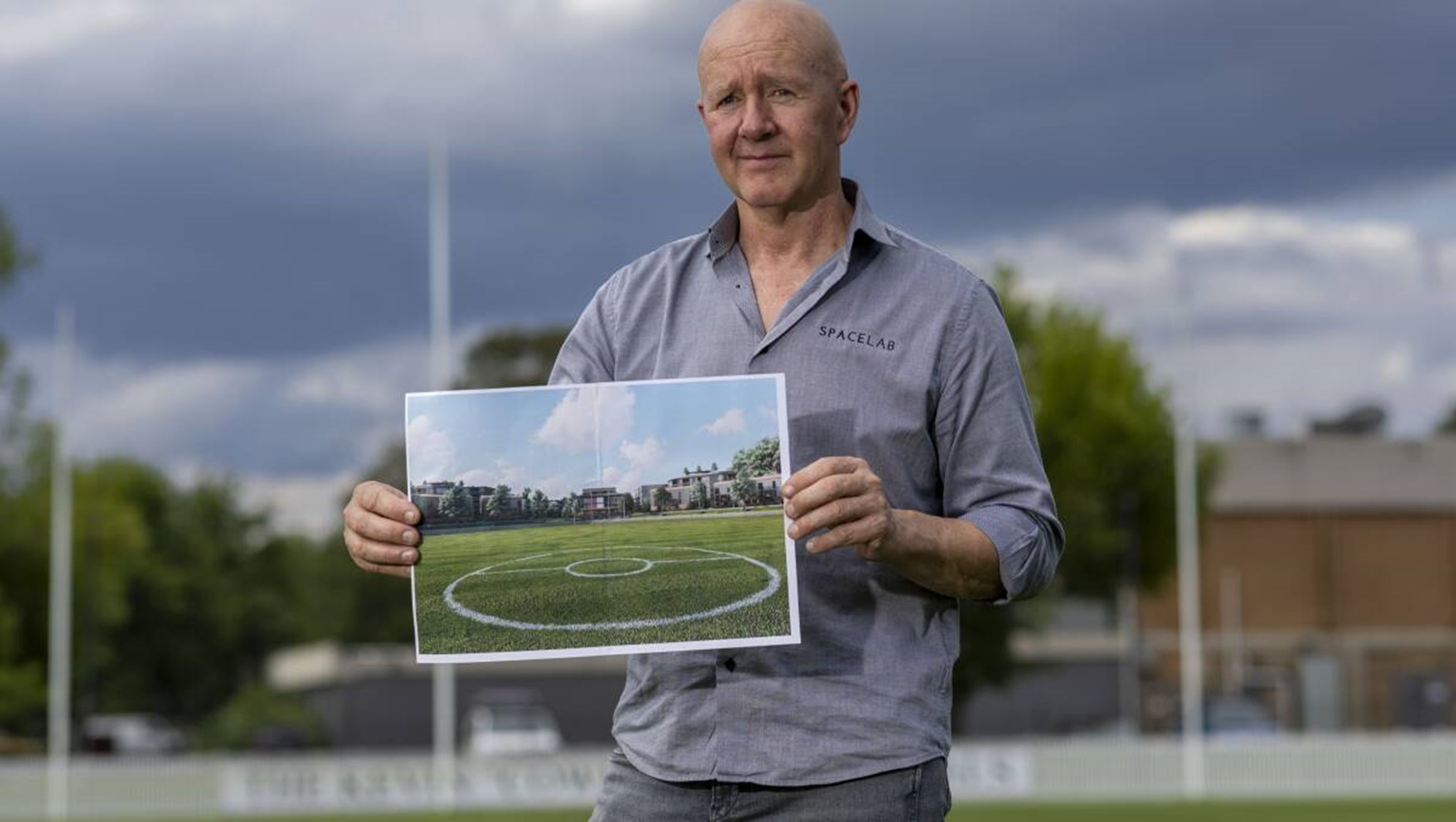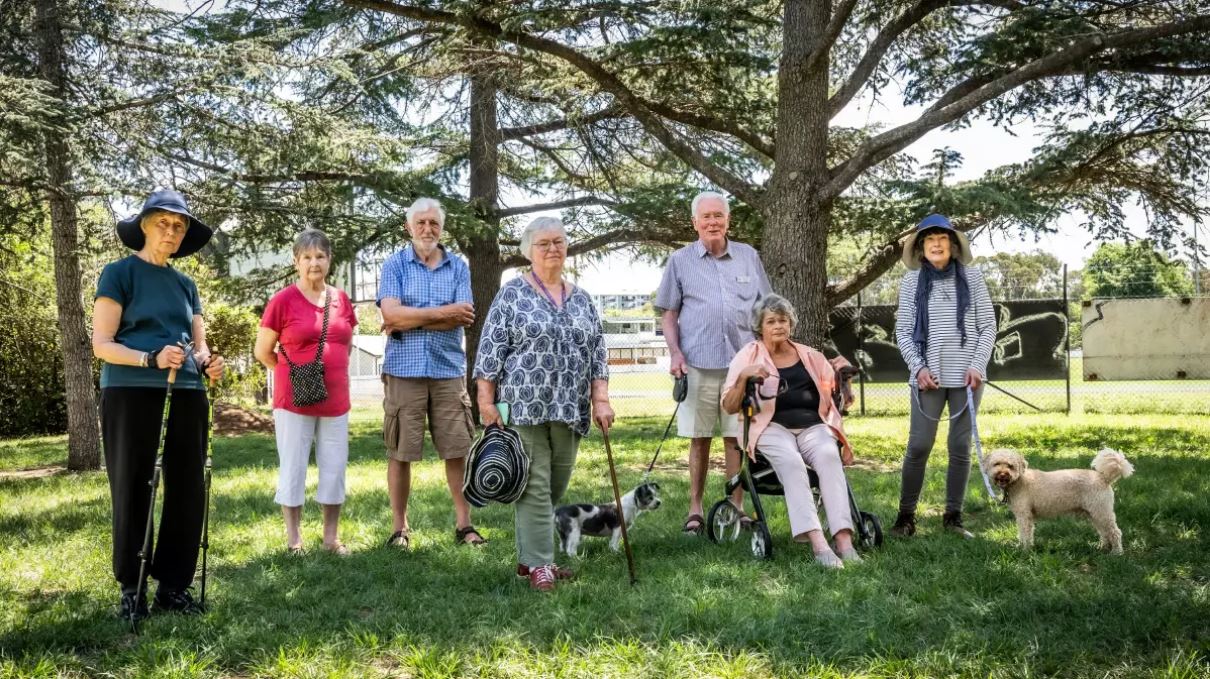'VOCAL MINORITY' IN LEAFY SUBURBS HOLDING CANBERRA BACK: URBAN PLANNER
'VOCAL MINORITY' IN LEAFY SUBURBS HOLDING CANBERRA BACK: URBAN PLANNER
17 Feb 2025 | The Canberra Times | By Steve Evans
A "highly vocal minority" stuck in the past is holding back the development of Canberra, according to one of the city's leading urban planners.
"They want to hang on to the 1950s of car-centric Canberra, "David Shearer said. He's Project Director of Spacelab, a long-standing Canberra company which has worked witht the ACT Government and a string of property developers.
His argument is that if the construction of high-rise buildings continues to be severely restricted in the city's inner leafy suburbs, rising population means that the city would have to sprawl further - and that won't be possible.
He said that the inner north suburbs were projected to increase their population by around 25,000 people in the next 25 years.
"Where are they going to go? Are we going to push them out into the bush? Tha's not an option."
The alternative, in his view, was higher rises in the inner suburbs.
He added that "little cottages on tree-lined streets with wide verges" were not part of Walter Burley Griffin's conception of Canberra. It was, he said, more "urbanised" and "Parisian" (Paris has tree-lined boulevards and public spaces - but apartment living).
Mr Shearer's views echo comments made by Chief Minister, Andrew Barr, seven years ago: "Even a 20-storey building is not high rise, and yet we are stuck here in this sort of small-town, backwards, 1940s mindset, and we need to move beyond that."
"Short, squat buildings that fill up all the available space", Mr Barr said, were not necessarily better outcomes than "tall elegant buildings".

David Shearer on the oval with the image of how the development will look from that spot. Picture by Gary Ramager
Mr Shearer does have an interest in this argument. He is involved in a plan to persuade the ACT Government to rezone lower-value land in the inner north so it became high-value land for apartments. If the change he wants happens, there's a lot of money to be made.
His company is partnered with Ainslie Football Club in a plan to build a complex of apartment blocks six floors high, with roof-top gardens and pools, on one end of the Alan Ray Oval. There would also be rows of townhouses, a revamped club and a boutique hotel.
But the complex needs the land rezoned first. At the moment, it's designated for Parks and Recreation (PRZ22 in official terms) but the club and developers want it designated as Residential (RZ5 High Density) and Commercial (CZ5 Mixed Use).
The style and height of apartment blocks proposed for the oval currently exist along Northbourne Avenue but haven't been allowed to spread wider in to the suburbs next to that corridor.
There has been opposition to the club's plan.

Goodwin Village Ainslie residents who oppose the plan. From left: Ros Gordon, Jacqui and John Landos, Carol Kenchington, Richard Griffiths, Elizabeth Mountain and Felicity Chivas. Picture by Karleen Minney
Opponents said rezoning would lead to a spread of high-rise Canberra further into low-rise suburbs. It would, they believ, change the nature of the city for worse.
"If you get approval to do a rezoning, that would establish a porecedent. Someone will come along to do something similar," John Landos, who lives near the site at the Goodwin Retirement Village, said.
There are fears that a complex of apartment blocks would clog up traffic on roads that already get congested.
Some locals think that adding a hotel to the social club would, in effect, turn it into a casino.
The football club said on its website that the rationale for what it called its "maserplan" was to help "reduce the club's reliance on gaming machine revenue".
It said the development was "a well-considered urban design that looks to produce an exemplary urban village to meet or exceed the aspirational goals of sustainaility and green space the ACT Government envisages for future infill development".

The development as envisaged. The new buildings are on either side of the revamped social club in the centre. Picture supplied.
Apart from the high-rise apartment blocks, the plan also includes redeveloping the social club, incorporating the boutique hotel, and upgrading the sports facilities, including the stand and changing rooms.
"The potential for a small boutique hotel exists, offering a new revenue stream for the Ainslie Football and Social Club and affordable accommodation options in Canberra's inner north area, conveniently located just minutes away from the city," the club's website said.
The ACT Government is currently considering how to house more people as the population of Canberra increases to a projected three-quarter of a million people by 2060.
Last week, it flagged changes that would deliver more "human-scale housing".
This year further major zoning reforms will also be developed to allow larger-scale medium-density housing in certain well-located areas close to services, shops and transport," Planning Minister Chris Steel said.
The Club said that its planned development would also help wean it off revenue from its poker machines.
"The Ainslie Football and Social Club is committed to reducing its reliance on gambling revenue and is actively seeking other income streams to achieve a sustainable outcome. This is a key objective of the Club's diversification strategy," Simon Patterson, the Chief Executive of the Ainslie Group (which includes the football club) told The Canberra Times.
Opponents of the scheme said the plan did not indicate how many poker machines there would be in the revamped social club. Mr Patterson accepted that.
"The masterplan does not include any considerations regarding the number of gaming machines or access to them, as this is not a policy focuse within the urban design framework," he said.
